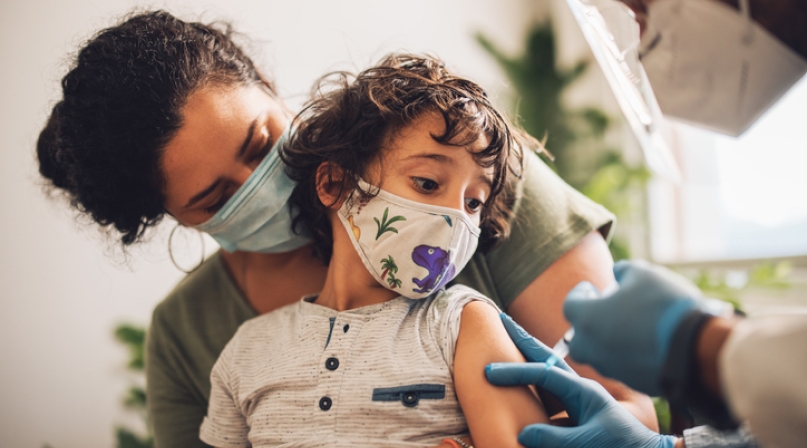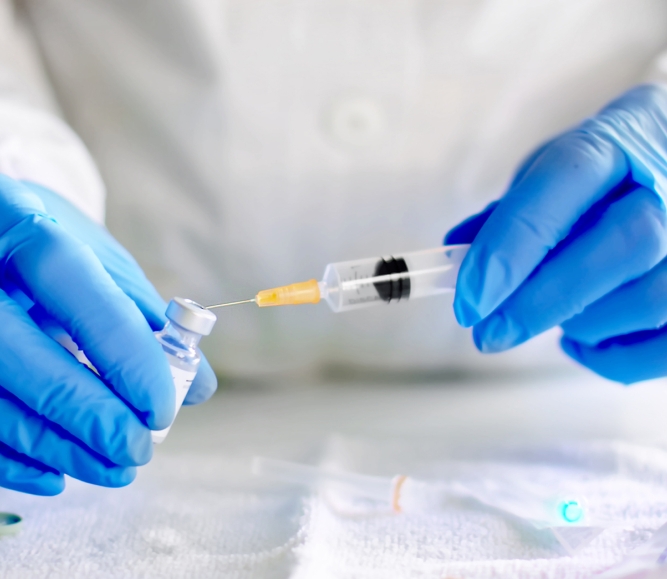CDC authorizes COVID-19 vaccines for children 5-11 years of age
Author

Blaire Bryant
Upcoming Events
Related News

Key Takeaways
On November 2, the Centers for Disease Control and Prevention (CDC) approved the use of COVID-19 vaccines for children aged 5-11 following the Food and Drug Administration’s (FDA) recommendation. The CDC’s endorsement follows the FDA’s recommendation on October 29 to authorize emergency use of the Pfizer-BioNTech COVID-19 vaccine to include children 5-11 years of age.
The FDA’s decision comes after it was determined the vaccine was approximately 91 percent effective in preventing COVID-19 in children 5-11 years of age. Children within this age group account for 39 percent of COVID-19 cases in individuals younger than 18 years of age across the nation. An ongoing study discovered no serious side effects in approximately 3,100 children aged 5-11 who received the COVID-19 vaccine.
On October 14, the CDC released a Pediatric COVID-19 Vaccination Operational Planning Guide, which highlights key differences between adult and adolescent vaccination programs and those that are designed for children. The National Association of County and City Health Officials (NACCHO) has provided a summary of the guide and pulled out high-level considerations for county health departments, as key components of pediatric COVID-19 vaccination planning in local communities.
As key providers of local public health services and frontline service providers for the medically vulnerable, counties have supported over 192 million vaccinations in the United States to date and will continue to play an essential role in the administration of COVID-19 vaccines and boosters. For more information on how county health facilities can prepare for the distribution of COVID-19 vaccines for children, and COVID-19 boosters, see NACo’s COVID-19 Vaccine Distribution Toolkit.
ADDITIONAL RESOURCES
Resource
COVID-19 Vaccine Toolkit for Counties

Related News

HHS releases rule repealing federal nursing home staffing mandate, supporting county long term care facilities
On December 2, the U.S. Department of Health and Human Services (HHS) published an interim final rule that repeals the federal nursing home staffing mandate, a regulation that would have required long-term care facilities to meet strict minimum staffing levels.

Congress passes SUPPORT Act reauthorization
On September 18, the U.S. Senate passed the SUPPORT for Patients and Communities Reauthorization Act of 2025 (SUPPORT Act Reauthorization) (H.R. 2483) by voice vote, following House passage earlier this year. With strong bipartisan backing in both chambers, the legislation now heads to the President’s desk for signature.

SUPPORT Reauthorization Act of 2025: What it means for counties
On December 1, the bipartisan SUPPORT for Patients and Communities (SUPPORT) Reauthorization Act of 2025 (H.R. 2483) was signed into law. The reauthorization renews vital federal funding for programs that seek to prevent opioid overdoses and expand treatment and recovery options.